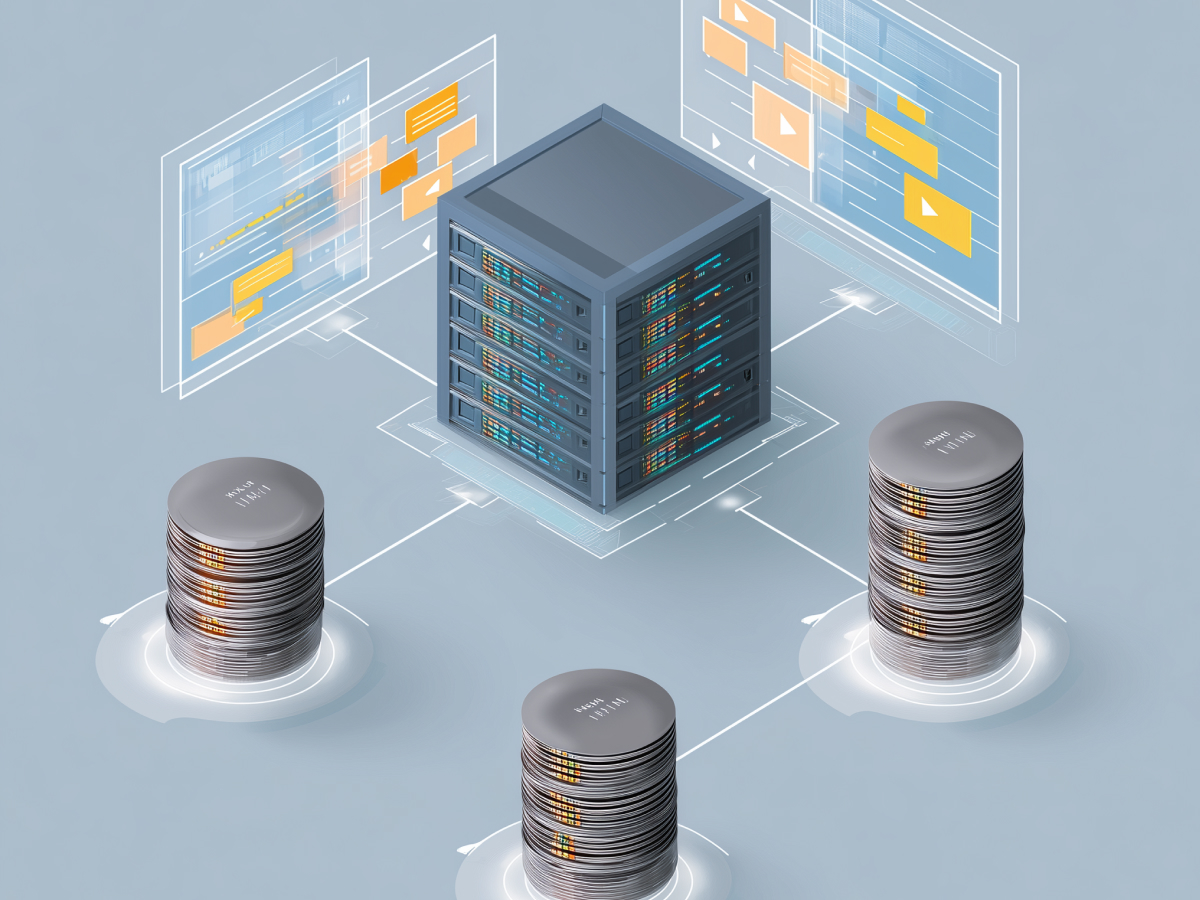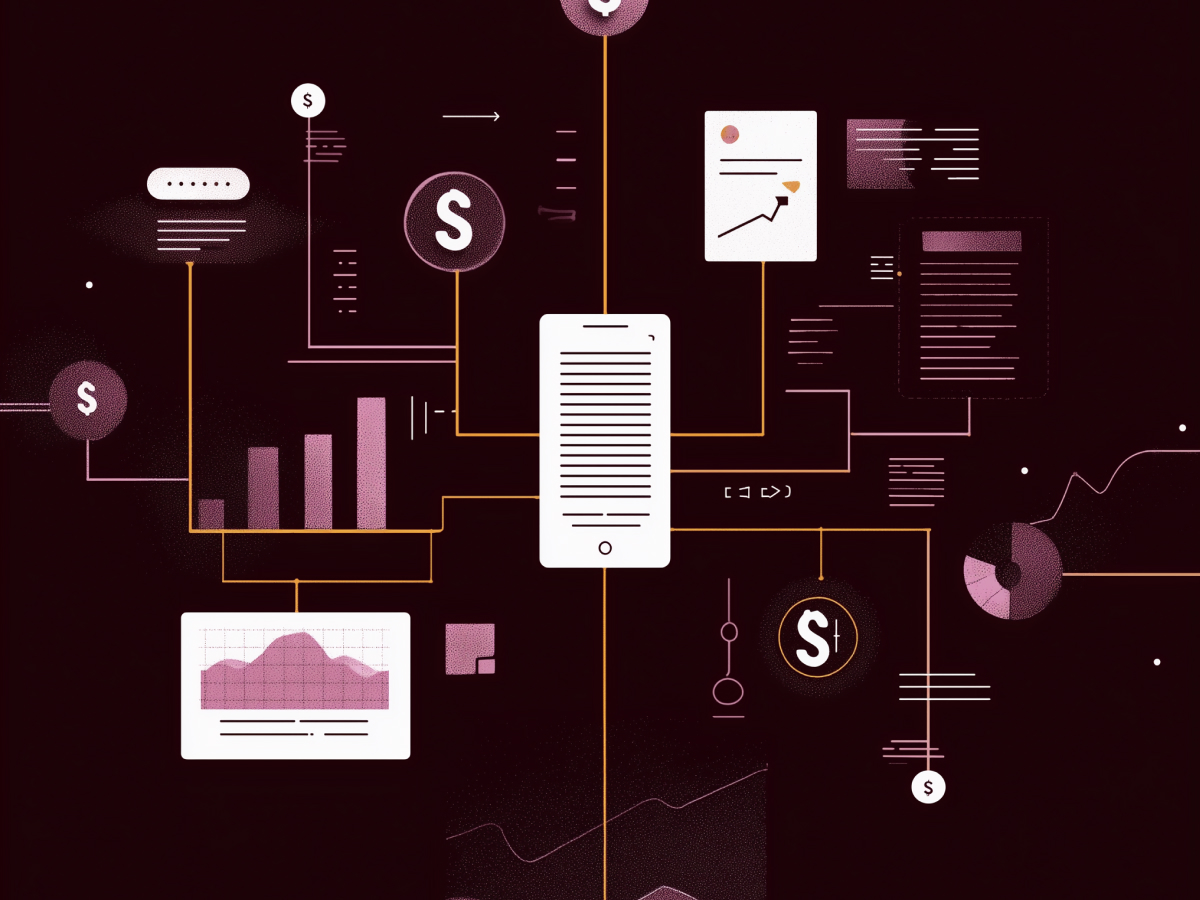Unified data platforms eliminate silos and enable integrated customer data systems
Data sprawl is a real problem. Companies accumulate massive amounts of customer information scattered across CRM tools, ecommerce platforms, marketing systems, often operating on different cloud services or outdated internal systems. Without a clear, unified view, important signals get missed. That’s how you lose precision in decision-making and relevance in customer engagement.
Unified data platforms fix this. They synchronize it across environments, from legacy tech to hybrid and multi-cloud setups. The result is fast access, fewer data bottlenecks, and one accurate source of truth across the enterprise. This is what allows AI, machine learning, and analytics systems to function at full capacity, because you can’t optimize what you don’t fully see.
Leadership needs to see these platforms for what they are: competitive infrastructure. When the system delivers clean, accessible, and centralized data to every business unit, marketing knows what sales knows. Customer service works off the same signals that product development does. That kind of cross-functional alignment is how you deliver consistent, real-time experiences and adapt to shifting market behavior.
Krish Vitaldevara, SVP and General Manager at NetApp, highlighted that unified infrastructure is a core enabler of modern AI workflows, reducing compute waste and unlocking performance across teams. You want your teams focused on outcomes, not data gymnastics.
AI-Powered data tools automate unification and improve data accuracy
This part’s simple: manual data management doesn’t scale. You’ll always have too many sources, too many formats, and too much complexity for traditional cleaning and mapping methods to keep up. AI solves the scale issue.
Today’s AI-powered data unification tools use machine learning and natural language processing to handle complex tasks automatically, field mapping, deduplication, data cleaning, and matching. You throw inconsistent inputs at them and they build a clean, reliable profile of your customer. These systems recognize what’s really the same, for example, “CustomerID” in one database and “ClientID” in another, even when there’s no standard naming convention. That’s not a small thing when you’re dealing with thousands of fields across hundreds of sources.
Clean data unlocks precision. Automation means less human error. AI doesn’t fatigue or cut corners. It’s always-on, and it scales with data growth.
Suresh Ramanathan, VP of Engineering for Data and AI at TTEC Digital, explained this well. They improve over time, making future integration projects faster and more intelligent. Data quality becomes self-reinforcing.
In executive terms: this is how you move from fragmented systems to a cohesive, enterprise-wide customer data strategy, without adding three layers of middle management to coordinate it. The smarter the system, the leaner your team has to be to get results.
AI analytics transform customer insights with better prediction and personalization
The future of decision-making is predictive. Businesses sitting on years of customer data are still just scratching the surface unless they’re applying AI to extract deeper insight from it. Standard BI dashboards and traditional segmentation tools don’t give you the full advantage. You need systems smart enough to handle the variety, volume, and velocity of data flowing in every second, from structured transactions to unstructured sources like product reviews, social media, and support tickets.
AI analytics push past surface-level observations. They dive into customer behavior over time, recognize evolving patterns, forecast outcomes, and suggest what you should do next. Predictive modeling tells you which customer is likely to churn or buy. Prescriptive tools go further, they recommend actions, not just observations. That’s a measurable edge in growth, retention, and targeted engagement.
This capability stretches beyond just numbers and charts. AI now pulls value from images, emails, chat histories, content types that used to sit unused because extracting signal from that kind of input required too much manual effort. With tools like NLP and computer vision, that limitation is gone.
Lisa Loftis, Principal Product Marketing Manager at SAS, made a critical point: AI dramatically expands the types of data that can be used for customer analytics. That means better inputs, which yields smarter outputs—timely offers, personalized messaging, and refined targeting that you can’t get from static datasets.
Robert Stratton, SVP of Data Science at TransUnion, noted that while traditional analytics lagged when working with structured formats like tables, emerging deep learning techniques are now also beating old-school methods in those areas. Feature generation, entity resolution, and recommendation processes are getting more accurate. Business outcomes follow.
If you’re relying entirely on historical trends and gut feel today, you’re already behind. AI enables real-time insight with none of the guesswork.
Privacy-first technologies enable compliance while preserving data insights
Privacy is a design requirement. Regulations like GDPR and CCPA are tightening, and customer expectations around data handling are rising with them. The way forward is not pulling back on data usage. It’s adopting the right technologies to handle data responsibly while preserving what makes it useful.
Privacy-enhancing technologies (PETs) solve this with precision. Data clean rooms are enabling secure collaboration, where organizations can work with anonymized, aggregated data and still drive personalization without revealing personal identities. Multi-party computation allows analysis across organizations without those entities sharing their raw data. Tools like differential privacy and k-anonymization statistically protect customer identity even when datasets are deeply mined for insight.
This is about maintaining strategic capability, predictive insights and targeted engagement, while staying within ethical and legal boundaries.
For enterprise teams, this means you don’t have to choose between innovation and compliance. You can have both, if you invest in the right infrastructure. The outcome is scalable insight without exposing customer-level risk. Backend systems remain secure, AI models operate on privacy-preserving architectures, and customer trust stays intact.
Executives should treat privacy tools as accelerating technologies, not restrictors. As these capabilities gain traction, they ensure that forward-thinking organizations can differentiate on both intelligence and integrity. This builds long-term value and institutional resilience as scrutiny grows.
Real-time data processing is key for dynamic, personalized customer experiences
Timing matters. In 2025, businesses that respond to customers in real time create the strongest impact. Capturing behavior as it happens, and acting on it immediately, closes the gap between customer intent and business action. Whether it’s triggering an offer, segmenting a new audience, or detecting fraud, real-time infrastructure is what determines whether you’re proactive or lagging behind.
Modern platforms like Databricks, AWS, and Azure make this possible. They let you process high volumes of data instantly, across all touchpoints, web, mobile apps, in-store, chatbots. The value is in relevance. Recommendations delivered when a customer shows intent perform better. Support interactions underpinned by live context resolve faster. Fraud detection systems that operate in real time stop threats before they cause damage.
Suresh Ramanathan underscored that real-time tools power next-best actions and segmentation based on live customer behavior. This enables teams to optimize outcomes across marketing, sales, service, and finance, wherever decisions need to happen.
John Nash, Chief Marketing and Strategy Officer at Redpoint Global, pointed out the operational layers required for real-time personalization: live data unification, real-time decision engines, and instant delivery across the customer’s preferred channels. It’s one system, moving in sync to deliver a prompt, informed experience.
For executives, the decision to move into real-time isn’t optional anymore. It’s now the performance threshold. The brands winning on personalization are integrating real-time systems into every layer, from data ingestion to orchestration. Anything slower introduces latency that customers notice. Responsiveness now drives differentiation.
Low-code/no-code platforms empower non-technical teams in data management
The speed of business is increasing, and reliance on engineering resources can be a bottleneck. Low-code and no-code platforms eliminate this constraint by giving business teams, especially marketing and customer experience—direct access to data workflows, segmentation tools, and campaign automation. Without writing a line of code, these teams can build, deploy, and optimize their strategies in real time.
These platforms are accessible by design. Users build custom dashboards, execute visualized workflows, and trigger personalized communications through drag-and-drop interfaces. This allows faster iteration, reduced dependency on IT, and decentralized innovation. Companies no longer wait for weeks to update a dashboard or launch a targeted campaign, they can move immediately.
What makes this scalable is the unification capability. Data across systems, sales, support, product, is visually mapped into one profile without technical effort. That means the customer journey gets understood and optimized faster. CX professionals can spot friction, adjust messaging, or tweak targeting, all without developer involvement.
For C-level leaders, the operational lift here is substantial. Low-code doesn’t means faster cycles, fewer bottlenecks, and wider participation. It opens the door for high-quality output from teams not traditionally seen as technical. And that strengthens every customer-facing function, from real-time offerings to long-term strategy.
The key is to empower the people closest to the customer with tools that match their speed and creativity. That’s where scale emerges. Not by hiring more engineers, but by amplifying the intelligence already inside the business.
Advanced customer data management faces cost and integration challenges
The benefits of modern customer data systems are clear, better insights, real-time personalization, and operational efficiency. But the path to adoption isn’t frictionless. Two of the most common barriers are cost and integration.
Enterprise-level platforms often require substantial investment—not just in licenses or subscriptions, but in onboarding, training, and re-aligning teams. Smaller organizations may find the upfront commitment too high, even when the long-term ROI is sound. Implementation also comes with a time cost, especially with legacy systems in place. Older infrastructure doesn’t always connect cleanly with modern, cloud-based tools, creating workflow gaps and inconsistent access to customer data.
Paul Graeve, Founder and CEO of The Data Group, explained the strategic issue well: while companies are rapidly adopting more SaaS tools, they’re not keeping pace in how they unify the data across those tools. The result is more fragmentation, not less. This undermines the very goals these platforms are meant to enable, clarity, speed, and consistency.
But momentum is shifting. Newer innovations in cloud data warehouses, in-memory databases, and event-driven streaming systems are helping teams overcome these challenges. The plumbing is improving. But cost discipline and integration strategy still matter.
Rohit Choudhary, Founder and CEO of Acceldata, stated that AI models now run across previously siloed, multi-cloud environments—with improved observability and automated governance. These systems consolidate fragmented data, predict behavior, and suggest actions in real time. This proves the gap is closing, if you approach integration with a clear plan and the right tools.
Strategic adoption of next-generation data tools unlocks competitive advantage
Adopting next-generation customer data technologies, AI, real-time engines, unified platforms, privacy-first systems, and low-code infrastructure, is no longer a differentiator. It’s the standard baseline for growth. What actually drives competitive advantage is how you use them. Integration, execution, and adaptability will define who leads and who follows.
The tools are here. They unlock faster decision-making, predictive insight, and highly personalized engagement at scale. But that only holds if the technology fits into the business end-to-end. Mismatched systems or lack of data alignment across departments will dilute the impact. Strategic adoption means looking at where the value lies for your business.
High-performing organizations don’t wait for tech to settle. They experiment, adjust, and build strategic fluency internally. They align IT, marketing, sales, and operations under one view of the customer, fueled by unified, clean, intelligent data.
Statistically, enterprises that do this right increase customer retention, speed-to-market, and campaign effectiveness. More importantly, they build agility, something every C-suite team needs in a fast-moving competitive environment.
The cost of waiting is higher than the cost of upgrading. Strategic execution, not just acquisition, is the differentiator. That’s the level of thinking the market now demands.
In conclusion
Customer expectations won’t slow down. Markets won’t pause for reorganizing your tech stack. And data, if not harnessed with speed and clarity, will keep fragmenting. The edge now belongs to companies that treat customer data not as an IT issue, but as a business priority.
This shift isn’t about collecting more signals. It’s about integrating them into strategy, operations, and every customer interaction in real time. AI, unified platforms, and privacy-first tools aren’t experimental anymore, they’re operational necessities. Use them to eliminate friction, personalize at scale, and act on insight the moment it matters.
As a decision-maker, the challenge is deciding how fast your organization can align around them and move. What’s needed is strategic clarity, system coordination, and the resolve to execute at pace.
That’s how future-ready organizations are being built. Not on buzzwords. On precision, relevance, and action, powered by smarter data decisions.





